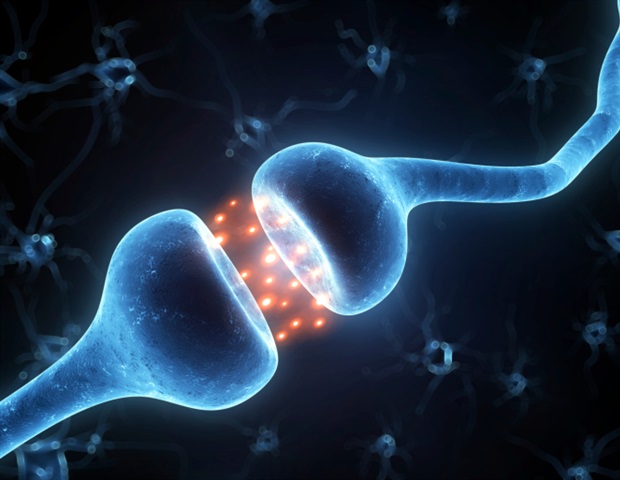New research from Karolinska Institutet shows that long-term sex hormone treatment in transgender individuals can lead to significant changes in body composition and risk factors for cardiovascular disease, particularly in transgender men. The study is published in the Journal of Internal Medicine.
We saw that transgender men treated with testosterone increased their muscle volume by an average of 21 percent over six years, but also that the amount of abdominal fat increased by 70 percent. In addition, they had more liver fat and higher levels of ‘bad’ LDL cholesterol, which may increase the risk of cardiovascular disease.”
Tommy Lundberg, docent at the Department of Laboratory Medicine, Karolinska Institutet
The researchers followed 17 adult transgender men and 16 transgender women who were prescribed treatment with testosterone and estrogen, respectively. They used magnetic resonance imaging (MRI) to map body composition and measured metabolic risk factors via blood tests, blood pressure and vascular stiffness. The scans were conducted before the start of hormone therapy, after one year and after five to six years.
The results show that long-term hormone therapy leads to several major changes in both body composition and metabolic risk factors, particularly in transgender men. The changes in fat volumes continued over time, while the greatest changes in muscle mass and strength occurred after just one year of treatment.
“Previous studies in this area have been relatively short-term, up to two years,” explains Tommy Lundberg. “Our results show that it is important to continue monitoring the long-term health effects of hormone therapy in transgender individuals to prevent cardiovascular disease and other health issues.”
In transgender women receiving estrogen treatment, the changes were not as pronounced. Their muscle volume decreased by an average of seven percent after five years of treatment, whereas muscle strength remained unchanged. The transgender women increased their total fat volume but gained less abdominal fat.
Tissue samples from muscle, fat and skin were also taken as part of the study. The next step is to analyse these tissue samples to understand the interaction between genetic sex and sex hormones. The researchers are investigating, among other things, how hormone treatment affects skeletal muscle gene expression and the mechanisms behind changes in adipose tissue.
“In addition to the health aspects, our research contributes to increased knowledge about reasonable expectations of the masculinising and feminising effects of sex hormone treatment,” says Tommy Lundberg. “However, some of the changes were relatively modest and should raise caution regarding expectations of long-term and large changes in this patient group.”
The research was funded by Region Stockholm, the Thuring Foundation, the 1.6 Million Club, the Centre for Innovative Medicine at Karolinska Institutet, the Swedish Research Council, the Swedish Medical Association, the Novo Nordisk Foundation and the European Foundation for Studies of Diabetes.
Two of the co-authors are employed by AMRA Medical AB. Tommy Lundberg has been compensated for expert opinions on aspects related to skeletal muscle changes in transgender individuals and reimbursed for travelling to give lectures on the same topic.
Lundberg, T. R., et al. (2024) Longitudinal changes in regional fat and muscle composition and cardiometabolic biomarkers over 5 years of hormone therapy in transgender individuals. Journal of Internal Medicine. doi.org/10.1111/joim.20039.
Source link : News-Medica

